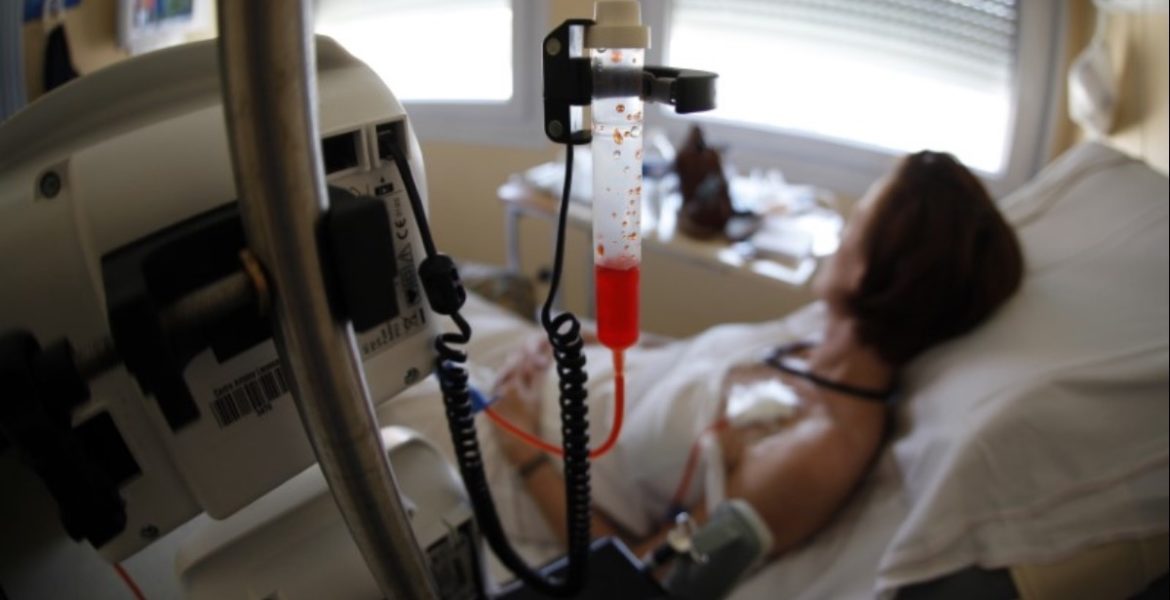A new study shows that many people in the early stages of breast cancer with lower likelihoods of recurrence may safely abstain from chemotherapy
A majority of early-stage breast cancer patients may opt to skip chemotherapy which could result in a sharp decline for the treatment option, according to a massive, highly-anticipated new study on the disease published on Sunday, June 3.
The study — conducted by the New England Journal of Medicine — found that patients who in the early stages of invasive breast cancer may skip chemotherapy if they score in the mid to low range for risk as measured by a widely-used genomic test.
According to the decade-long study, patients who fall within the “intermediate risk zone” are likely to do as well with hormone therapy alone as they would with both chemotherapy and hormone therapy post-surgery.
This was the most extensive breast cancer treatment trial conducted thus far and demonstrated that low-risk patients, through a genomic test of their tumors, can skip chemotherapy and avoid its immobilizing side effects.
“This information really addresses a major unmet medical need to have a very high level of evidence to make potentially life-saving decisions,” oncologist and lead author of the study Dr. Joseph Sparano said. “This has very important public health implications. It helps direct patients to the right therapy, so that we’re treating the right people with the right therapy at the right time.”
The genomic test used for this type of breast cancer, Oncotype DX, which was first introduced in 2004, measures gene expression in 21 genes in tumor tissue removed during surgery and determines the risk of recurrence on a scale of 0 to 100. According to early research of the test, patients with a high-risk of recurrence would score 26 to 100 and would most benefit from chemotherapy, and patients on the lower end of the spectrum, 0 to 25, would not.
But that left many patients in the “intermediate risk zone”, about 65,000 patients annually in the United States, unsure if they should or should not opt for chemotherapy.
The new study, called TAILORx, used a randomized trial of thousands of patients and found that patients who fit in the middle, who scored between 11 to 25, had a similar rate of cancer-free survival as those who had chemotherapy in tandem with hormone therapy, which deems chemotherapy unnecessary for these patients.
This ground-breaking discovery means that 70 percent of patients can save themselves from the worry over whether or not to get chemotherapy, according to hematologist and oncologist Dr. Kathy Albain, who co-authored the study.
Breast cancer is the most common cancer in women in the U.S. and the world, according to the World Cancer Research Fund International. Breast cancer diagnoses account for 12 percent of all new cancer cases and a quarter of all cancers in women.
Breast cancer rates in AAPI community
Asian Americans, in particular, have been experiencing a steady increase in breast cancer rates over the last 15 years, according to a 2017 study from the Cancer Prevention Institute of California (CPIC).
Although they don’t have nearly the highest frequency of the cancer, Filipino women are more likely to die from breast cancer than “their major Asian American counterparts,” according to a 2010 study from the Hawaii Medical Journal.
In general, the later a diagnosis is determined, the higher the mortality rate for every cancer patient. The Hawaii Tumor Registry found that 35 percent of Filipinas (compared to 29 percent and 22 percent of Chinese and Japanese women, respectively) were diagnosed at a late stage, which increases their mortality rate.
The escalated mortality rate can be attributed to biological and genetic, socio-economic and cultural factors, the study said.
The CPIC study mirrored the Hawaii Medical Journal’s study in that its researchers found an increase in late-stage diagnoses among Filipinos as well as Koreans and South Asians, which suggests “a need for higher rates of mammography screening in these populations.”
“These patterns warrant additional attention to public health prioritization to target disparities in access to care, as well as further research in identifying relevant breast cancer risk factors for specific breast cancer subtypes,” lead researcher of the CPIC study Scarlett Lin Gomez said in a statement. “In particular, studies should investigate risk factors, perhaps early-life exposures, underlying the higher rates of breast cancer among young Filipino and Japanese women, with attention to possible genetic susceptibility.”
Individuals at risk for breast cancer are advised to consult their primary care physician and undergo a screening. (Klarize Medenilla/AJPress)



